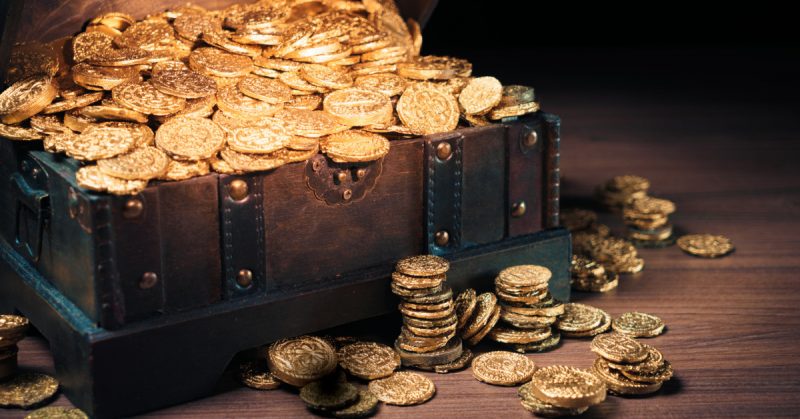The gold, allegedly, was then used to fund top-secret black operations conducted by the CIA over the next few decades.
One indisputable fact about war – especially war in the modern age – is that it’s very expensive to wage. And when you’re looking at a conflict the size of the Second World War, involving dozens of nations, tens of millions of troops, and millions of ships, tanks, planes and weapons, you’re looking at an incredibly costly exercise.
How did the various nations who fought in WWII finance their operations? For a few of them, the answer to that question is exactly how many nations have funded war efforts throughout history: through pillage and plunder.
Germany’s Nazi regime was notorious for its theft of wealth and property from European Jews, and Japan’s forces plundered their way through China and Southeast Asia. But after the defeat of the Axis forces, a lot of this loot, which was worth billions, was never recovered, and the whereabouts of this lost wealth has been the obsession of many a treasure hunter.
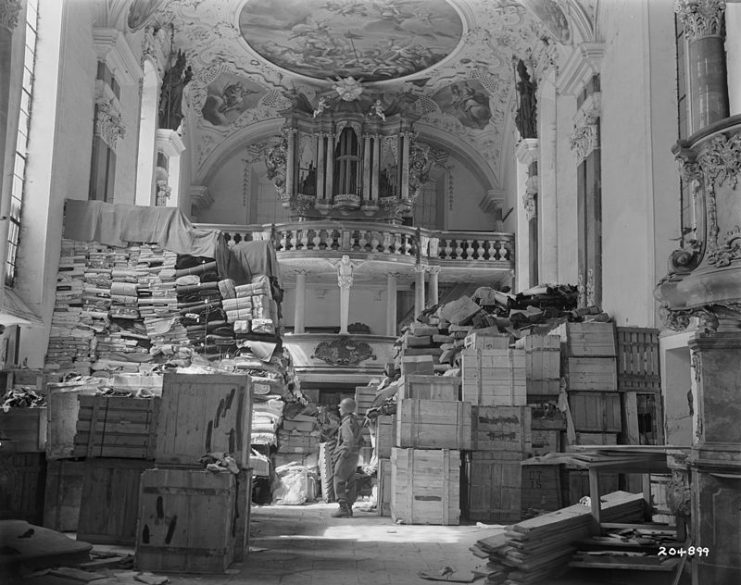
Perhaps the most famous missing gold of the Second World War is the stash known as Yamashita’s gold. Named for Japanese General Tomoyuki Yamashita, who conquered British Malaya (Malaysia) and Singapore during the Japanese advance through Southeast Asia, Yamashita’s gold is, allegedly, a stash of wealth worth billions plundered by Yamashita’s forces during their campaign.
While the existence of Yamashita’s lost billions has never been proven, the idea of finding it has inspired many a treasure hunter to try their luck at finding it. Rumored to have been buried in the Philippines, the latest attempt to find the lost gold is being documented in a 2019 TV show on the History Channel, called “Lost Gold of WWII.”
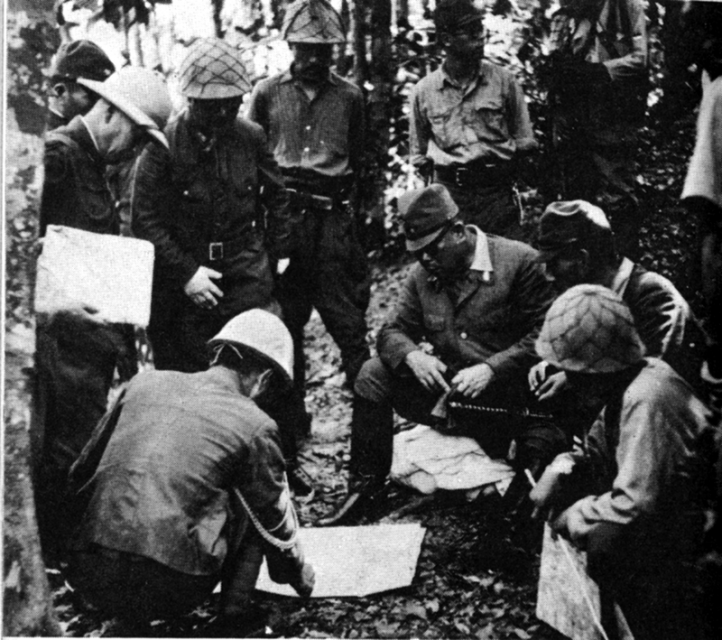
The problem underlying the entire show’s premise, though, is that Yamashita’s gold may not be in the Philippines at all – or, depending on who you believe, it may already have been found.
One man, a Filipino treasure hunter named Rogelio Roxas, claimed that in 1961 he was given a map by the son of a Japanese soldier, which purported to show the location of Yamashita’s hidden treasure. Roxas claimed that he used the map and other sources to uncover a secret chamber in the jungle near Baguio City.
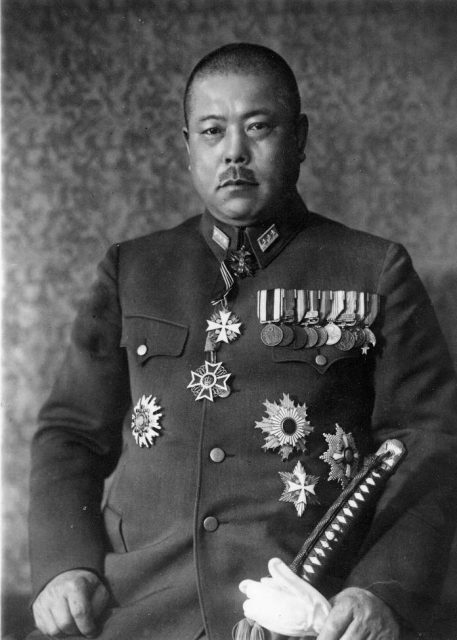
There, according to Roxas, he and his team of treasure hunters found the skeletal remains of Japanese soldiers, samurai swords, crates full of gold bullion, and a large golden Buddha statue. Roxas said that he took one of the crates of gold bars and the Buddha statue, and then resealed the chamber, intending to keep it a secret.
His find did not remain a secret for too long, though. The president – or, rather, dictator – of the Philippines at the time, President Ferdinand Marcos, apparently found out about Roxas’s discovery, and had him arrested and beaten up.
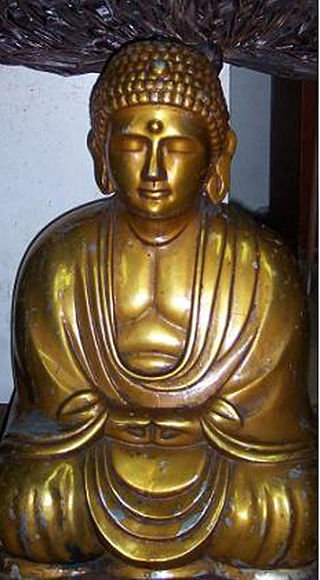
After this, Marcos allegedly confiscated the gold and the statue from Roxas. He then tortured members of Roxas’s team until one of them gave up the location of the hidden jungle chamber, from which Marcos then took thousands of gold bars.
President Marcos and his family had to flee the Philippines after a popular revolt in 1986. After this, Roxas and some investors who bought some of his claim to the treasure filed a lawsuit in Hawaii against the Marcos estate – which at that time was worth over ten billion dollars, although Marcos himself claimed it was much higher, largely due to the Yamashita gold.
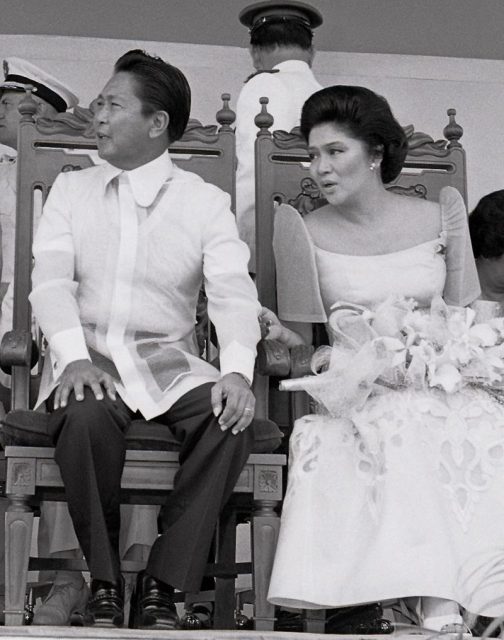
While Ferdinand Marcos died in 1989, and Roxas in 1993, after a couple more years of court action Roxas’s estate eventually won the case – although the court would not substantiate the claim that the treasure found was indeed Yamashita’s lost gold.
Another theory about Yamashita’s gold is that the United States secretly seized it at the end of the Second World War. General Yamashita – one of the only men who would have known for certain how much treasure there was and where it had been hidden – was executed rather hastily, some say, for war crimes shortly after the end of the war.
A US officer of the OSS (Office of Strategic Services, one of America’s intelligence agencies during WWII, and one of the predecessors to the CIA), one Captain Edward Lansdale, interrogated Yamashita’s personal driver, who revealed some of the locations to which he had driven the general during the Japanese occupation. And in these secret vaults, Lansdale apparently made an astonishing discovery…
There was gold. A lot of it. And there were precious stones, artworks, and other immensely valuable treasures – all of which was considered fair game for the taking.
Proponents of this theory suggest that the vaults were cleared out by US intelligence personnel in a top-secret operation over the next two years, and the vast treasure within was secretly deposited at hundreds of banks all over the world. The gold, allegedly, was then used to fund top-secret black operations conducted by the CIA over the next few decades, and to influence various foreign governments over the course of the Cold War.
https://youtu.be/RFKil_gzQFY
Of course, this is all speculation, and none of this has been proven. It is, however, intriguing to contemplate. The truth, however, is that Yamashita’s lost gold may never be found, because it may never have existed in the first place.
While massive sums of wealth and treasures were no doubt looted by the Japanese in the course of their advance through Asia, it wouldn’t have made sense, given the inevitability of Japan’s defeat in the final stages of the war, to have hidden a huge proportion of the wealth in the Philippines, which was certain to fall to the Americans.
Read another story from us: 5 of WWII’s Most Valuable Treasures Still Missing Today
It would have been far more prudent to have transported the gold to China or Taiwan, or back to Japan, where it could have safely been hidden. Perhaps the latest expedition, documented in the History Channel’s “Lost Gold of WWII” will finally reveal the truth about Yamashita’s lost gold…or perhaps the existence and location of the missing treasure will continue to remain a mystery.
